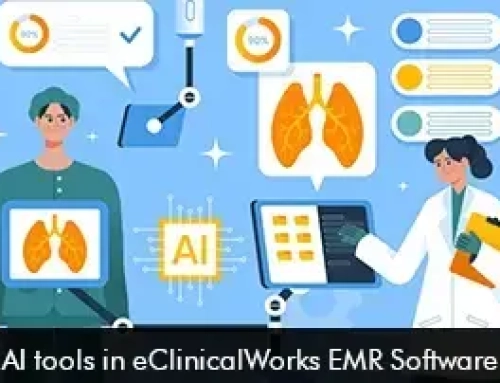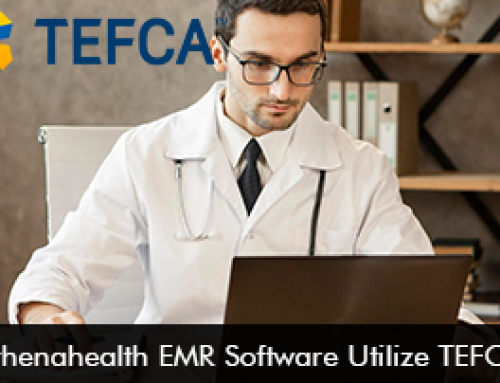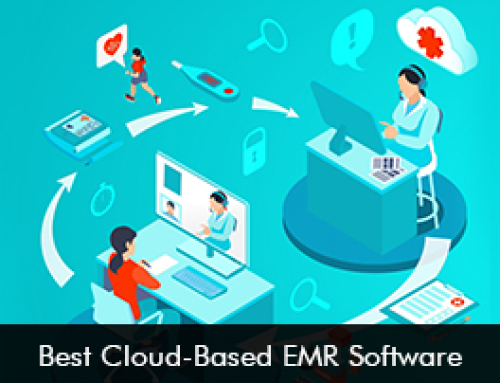Hospitals are leveraging robust technology solutions such as the Patient Portal EMR Software and two-way text messaging to enhance patient engagement and patient satisfaction. Patients of today want to feel empowered throughout their healthcare journey, and that’s exactly what the patient portal platform does.
What is a patient portal EMR Software?
The patient portal software is an online platform that allows patients to log on easily to stay updated with their healthcare. Via the portal, they can also communicate with their provider on a HIPAA-compliant messaging platform.
A good patient portal is intuitive to use and gives maximum convenience to patients while they are on the go. Nowadays practices must use the services of patient portals and text messaging to retain patients and provide them easy access to their personal health information. The patient portal also allows patients to schedule appointments, view their health records, update them, complete online intake forms, and make payments.
How can patient portals benefit a practice?
Patient portal EMR Software has become critical for hospitals to boost patient engagement and improve practice operations. Let’s dig deeper into the importance of this powerful technology for both patients and clinics.
- Patients can stay connected – The patient portal platform supports seamless patient connection even after clinic hours. Patients can easily request prescription refills, schedule appointments, and complete forms by logging into the portal. By staying connected they feel involved throughout their healthcare journey, ultimately improving patient outcome levels. Patients can ask any queries and get a quick response without having to make a call to the office.
- Administrative tasks are reduced – By deploying a patient portal software practices have realized that the burden on staff members reduces as patients manage many tasks themselves. This reduces the time spent by staff members to make phone calls for appointments. Also, the service allows patients to fill out forms before their appointment which saves up a lot of time as administrative staff need not type out patient information in hand-written forms. Patient portals can increase efficiency, freeing up staff time.
- Can be used to educate patients – Once the software starts working, it can be used to educate patients through educational resources that can be made available via the portal. Practices can let patients know about upcoming vaccinations that are vital and guidelines for pre and post-procedures are also available that can be followed with clarity.
- A steady revenue stream – A patient portal helps to improve the revenue generated as patients can pay easily and promptly after an appointment through the software. Quick payments for practice mean cash flow will enhance.
Importance of two-way text messaging in healthcare
Two-way text messaging is a fast, reliable, and convenient method to engage with patients. According to Forbes, 95% of text messages are read within the first three minutes of being sent. This reveals interesting insights that communication through text messaging is taken seriously and people want to engage that way as it is more practical as compared to making phone calls. Two-way messaging can be used to forward important information that needs to be read before or after the doctor’s appointment.
Effective reminder messages can be sent to patients about their medication dosage, scheduling follow-up appointments, and regular exercises that need to be done. The messaging platform can also be used to receive quick feedback from patients. This provides an opportunity for the clinic to improve its services and keep patients satisfied.
Smooth communication is vital to keep patients engaged and empowered. The patient portal EHR Software and text messaging are important communication channels that should be embraced by hospitals as a key strategy to improve workflows, and revenue and keep patients contented.








